Douglas storytellers, Andrew and Eric Braker, are making a big debut with their film “A Journey Upstream.” The film is an official selection of the Fly Fishing Film tour (Lefty Kreh Youth Film of the Year), and Annapolis Film Festival.
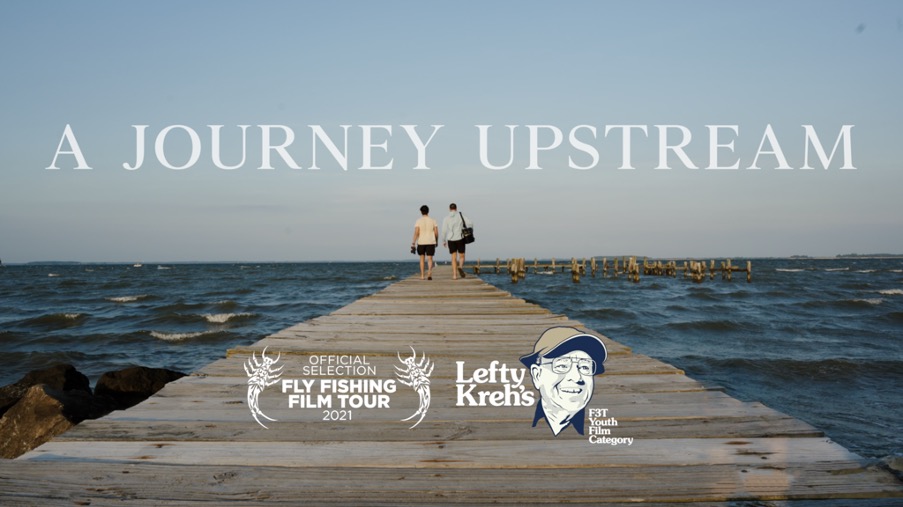
“A Journey Upstream” – An Official Selection of the Fly Fishing Film Tour (F3T) and Annapolis Film Festival
By: Andrew Braker
What if we told you that striped bass and brook trout were connected? That a tiny colorful trout living in small mountain creeks is somehow related to the large, laterally striped, saltwater species? After fishing throughout the Chesapeake Bay watershed, and speaking with a variety of important stakeholders (including scientists, political leaders, and legendary anglers), we found that these two species are far more interconnected than we ever thought possible.
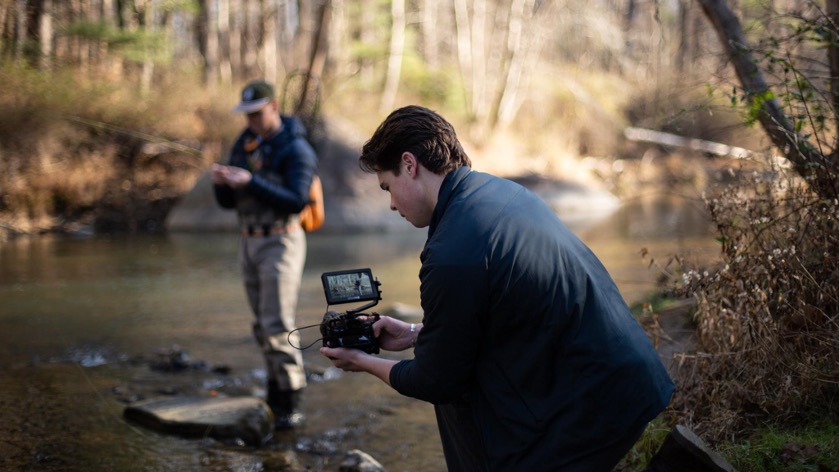
It turns out that brook trout and striped bass both reside within the Chesapeake Bay watershed. The Chesapeake Bay is home to a well-known striper fishery in its estuarine waters, but not many people tend to think about the massive watershed that surrounds the Chesapeake. The 64,000 square miles that make up the watershed extend across a large portion of the east coast— covering over six different states! A lot of fisheries exist in this space including smallmouth bass, largemouth bass, and many more. But, what makes brook trout so special is that they are the fish that exists in the furthest reaches of this watershed.
If you literally went on a journey that started where the Chesapeake Bay meets the Atlantic, then traveled upstream until you reached the end of the furthest feeder stream, the first species you would catch is a striper, and the last species would be a brook trout. In this sense, these species act as bookmarks for this watershed.
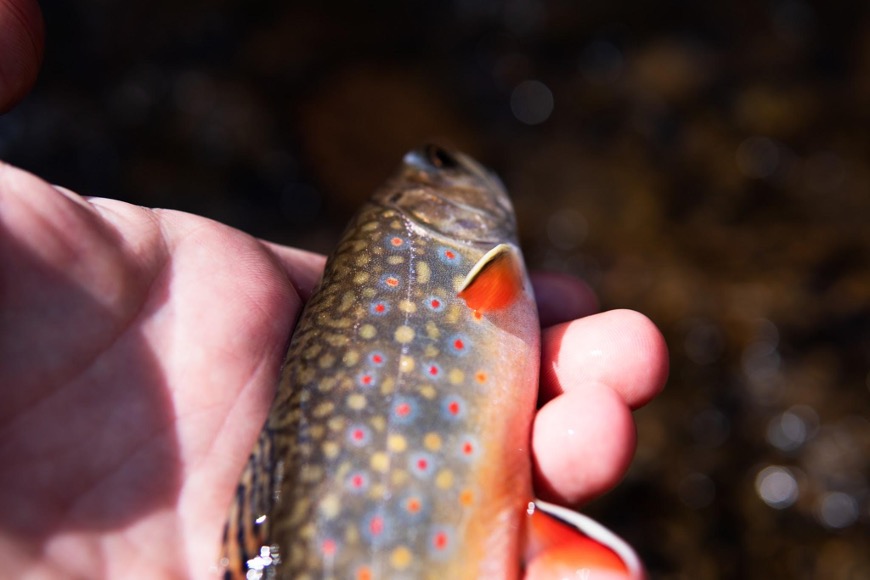
We love splitting our time between brook trout fishing and striper fishing because they’re refreshingly different. A day of striper fishing usually involves the LRS 8wt., time spent on a boat, and sight casting to breaking schools of fish within the brackish waters of the Chesapeake Bay. Brookie fishing, on the other hand, usually involves the Upstream 3wt., sneaky approaches on foot, and dry fly eats along small freshwater mountain streams. We could bounce back and forth between these two fisheries for the rest of eternity.
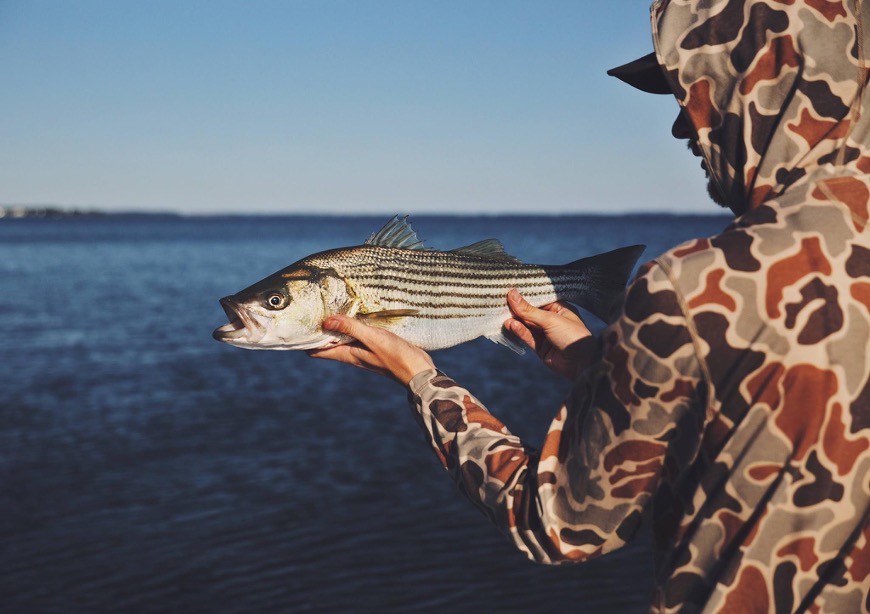
Like all fish species, the health of striped bass and brook trout populations can be negatively impacted by factors including overfishing, chemical pollution, changes in temperature, and many others. When we figure out the health of a fish population, we also gain a greater understanding about the health of lands that surround the water where those fish live (i.e., the watershed).
If brook trout and striped bass are indicator species for a healthy watershed, and one of them is located at the start of the watershed, and the other at the end, the health of these fisheries can tell us a great deal about the Chesapeake Bay watershed as a whole.
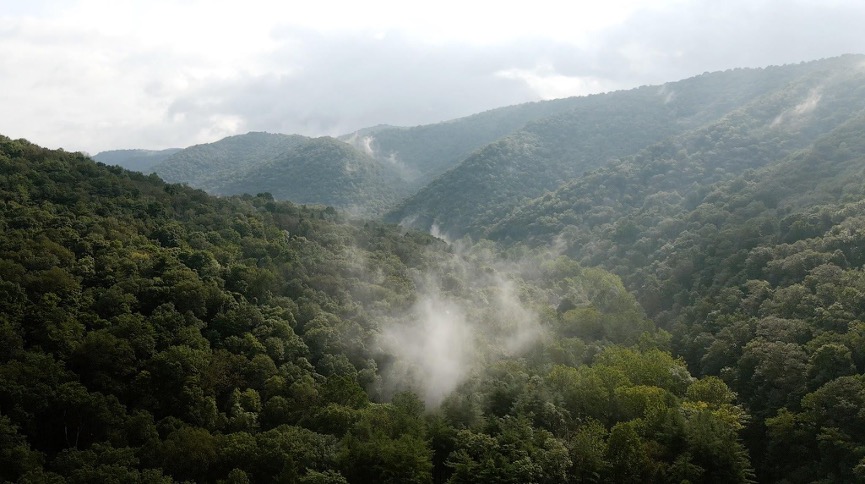
After people view this film, we hope viewers will be left feeling inspired to pick up a fly rod and to fall in love with the natural world. As anglers, we have an opportunity to interact with nature in an intimate and unique way. One that far surpasses the average person.
A fly rod might be a tool for catching fish, but it’s so much more than that…. It’s also a tool for understanding the interconnectivity and beauty of the natural world, and a tool for cultivating conservationists who care about protecting these resources for years to come.
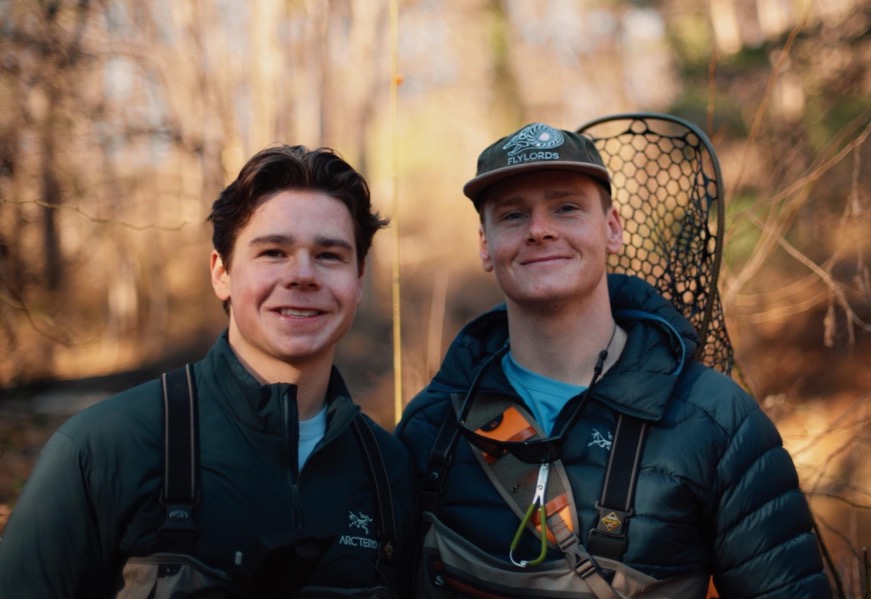
Follow the journey on Instagram @a_journey_upstream
Follow the Fly Fishing Film Tour (F3T) to hear the latest updates about virtual and in-person showings.
This article was written by Andrew Braker. Follow the Braker Brothers @andybrake and @ericbraker.